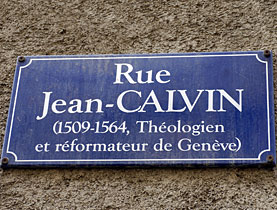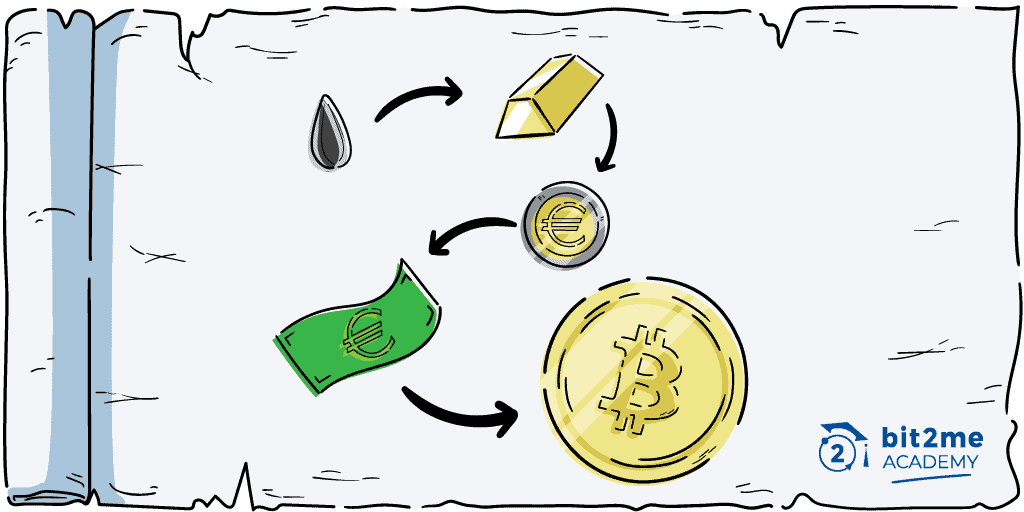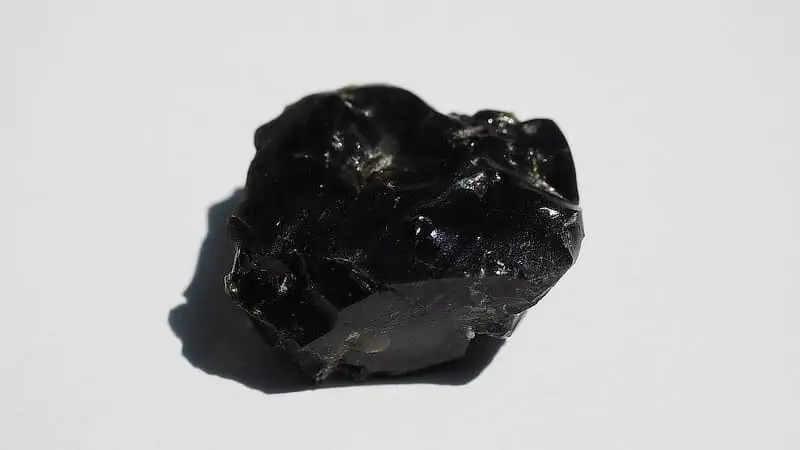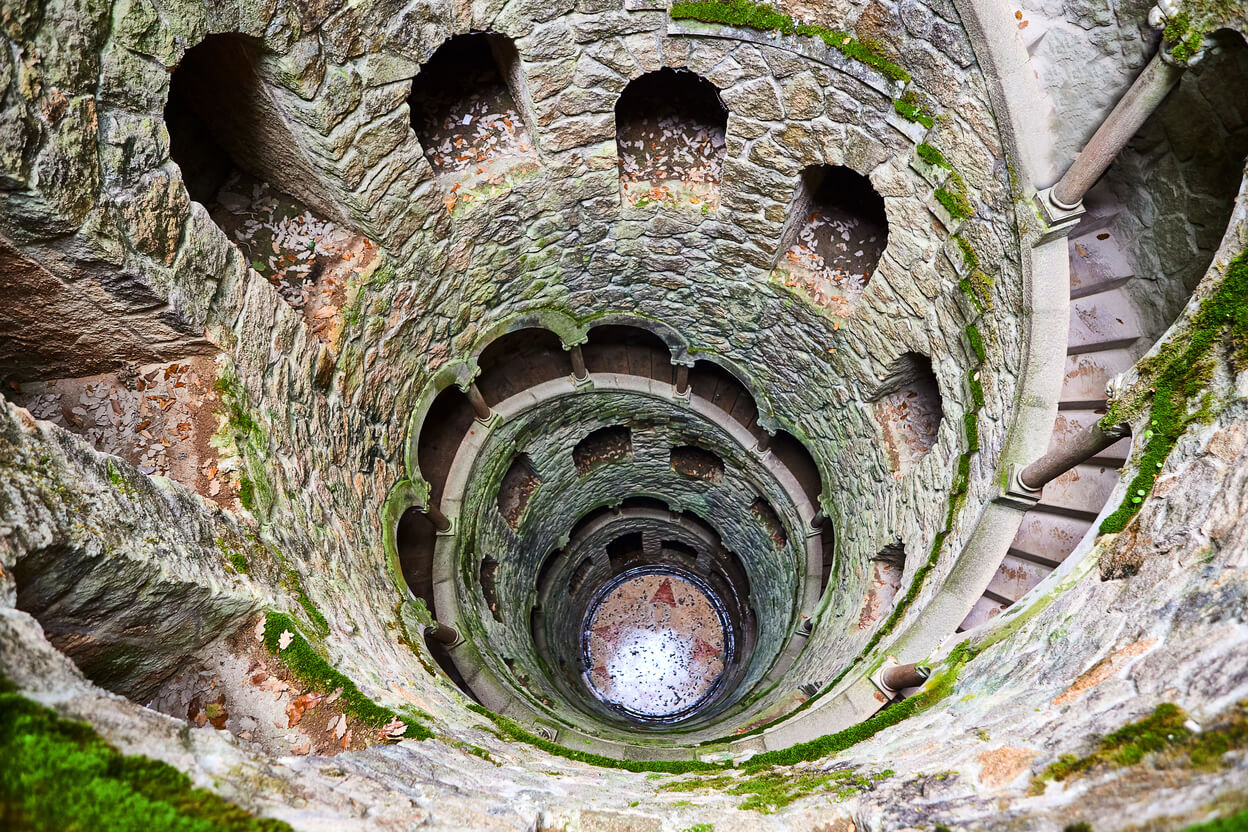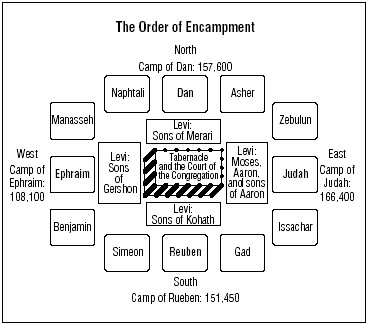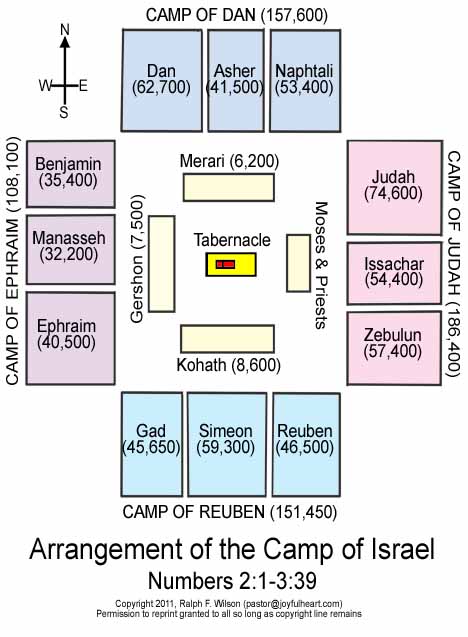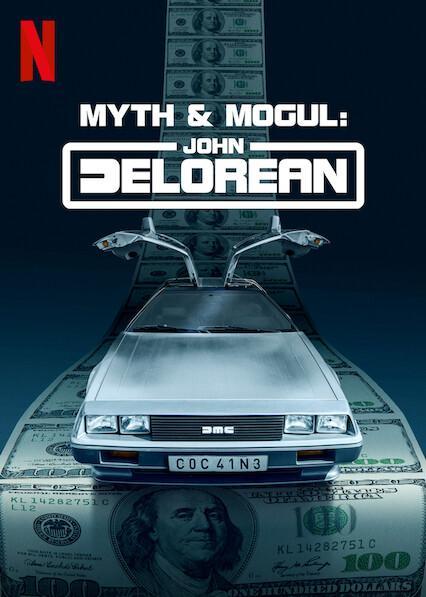Según el Banco de España, el dinero está formado por los instrumentos que la sociedad emplea como unidad de cuenta, depósito de valor y medio de pago. Estas tres condiciones deben darse simultáneamente. A día de hoy, el dinero está formado por billetes y monedas, así como por depósitos bancarios.
Adiferencia de lo que muchos puedan pensar, el euro, los dólares o yenes son un tipo de dinero que tienen muy pocos años de vida. De hecho, todos ellos son un tipo de dinero que se conoce como «fiat» o fiduciario, nacido oficialmente en 1971, el cual no tiene el respaldo de oro ni ninguna otra materia prima. Es simplemente papel o dígitos en un ordenador.
De hecho, debido a esto, es normal ver como muchas personas creen en el dinero de forma errónea, ya que no se nos educa para entender qué es el dinero, su origen y evolución. Y todo ello nos lleva a creer que hemos nacido con un tipo de dinero que siempre ha existido, y de la misma forma.
Los orígenes del dinero son tan antiguos como la historia de la humanidad misma, pero los primeros intercambios económicos humanos distan mucho de la realidad actual. Y en medio de todo ello, la evolución del dinero ha jugado un papel importante. Desde el trueque, la aparición de las primeras monedas, la llegada del dinero fiduciario actual hasta el Bitcoin y las monedas digitales. Sin duda, todo un camino lleno de avances y grandes saltos evolutivos del dinero, su forma, utilidad y alcance.
¿Qué es el dinero?
El dinero es un lenguaje, una forma de expresar valor para poder realizar intercambios de bienes y servicios entre los seres humanos. Se trata de una creencia, una tecnología desarrollada para poder comerciar y almacenar valor en el tiempo.
El inicio de la historia del dinero
El hecho de que el ser humano empezara a vivir en sociedad trajo consigo la división del trabajo, haciendo que las personas no fueran autosuficientes y generando la necesidad de querer cosas que otras personas tenían. Esto lo llevo a crear mecanismos de intercambios los cuales comenzaremos a destacar a continuación:
El trueque, la primera forma de dinero
Seguramente habrás escuchado del trueque, ese sistema de intercambio económico, en el que ofreces mercancías, productos y servicios, para adquirir otras mercancías, productos y servicios que deseas. Esta es la forma más básica del dinero, pero también la menos parecida a la que conocemos y usamos regularmente en la actualidad, además de la más complicada de aplicar, pero, al fin y al cabo, una forma de intercambiar valor. Además, hay indicios de que el trueque data de la era paleolítica, es decir, de hace unos 15.000 aaños, conformando la aparición de la primera forma de intercambio de valor o dinero.
La idea de intercambiar un producto como la sal por cobre, o pieles por trigo, era algo en teoría sencillo cuando el trueque aparece en la historia humana. Pero la verdad es que este tipo de intercambio es difícil de realizar. Sobre todo porque las partes en un trueque buscaban posicionar el mejor intercambio posible por sus productos. El conocido “regateo” nació con el primer trueque y con ello su larga historia.
Pero, además, una situación hasta cierto punto justa, se terminó convirtiendo en una llena de intercambios injustos. Sobre todo porque existía relaciones o diferencia de poder entre las partes, o porque el bien intercambiado era complejo de almacenar, transportar y negociar en otros espacios. Todo ello hace del trueque una forma de dinero muy ineficiente e injusto.
Trueque en el albor de la historia humana
Sin embargo, esta primera forma de dinero fue la que inicialmente nos permitió como especie humana construir puentes de comercio con otras regiones.
De hecho, una de las primeras evidencias de trueque proviene de las regiones del Medio Oriente, donde alrededor del 12.500 a.C, se usaba la obsidiana de Anatolia como sistema de intercambio. La obsidiana era usada como materia prima para la fabricación de herramientas en la edad de piedra y también se utilizó en esa época como una forma de dinero. Posteriormente, en el año 9.000 a.C, empezó a usarse por algunas regiones, el grano ,los animales e incluso la sal, como otras formas de dinero. De hecho, el dato curioso del uso de la sal como forma de dinero es que la palabra SALario, deriva precisamente del uso de esta como dinero.
Conocemos esto gracias a las primeras historias escritas del trueque que fueron dadas por la civilización sumeria. Los sumerios que para el 6.000 a.C, comenzaron a escribir su historia, nos dejaron un largo legado, entre ellos la utilización del trueque como medio de intercambio de valor.
De hecho, los sumerios eran la mayor potencia económica y de desarrollo del mundo conocido. De sus habitantes salieron invenciones como la rueda, el inicio de los trabajos con cobre, bronce, oro y plata, la escritura y el comercio con otras naciones. Esto llevó a la creación de los primeros registros de comercio, los primeros contratos de compra, y las primeras evidencias de historia escrita del hombre.
Más adelante, los fenicios, otra gran civilización antigua, crearían el trueque mudo. Este fue solo una mejora al concepto sumerio, que dejaba de lado incluso, la usual injusticia que podía existir en un intercambio. Para ello, los fenicios simplemente dejaban en las costas sus mercancías y regresaban a sus barcos. Con ello, las personas de las cercanías se podían acercar y ofrecer un intercambio. Si los fenicios estaban de acuerdo con el mismo, dejaban que se llevaran la mercancía, o en caso contrario la retiraban y esperaban otra oferta.
No obstante esto no era suficiente, a veces el ganado, las semillas o los bienes intercambiados no tenían suficiente calidad. Por ejemplo, el ganado moría o estaba enfermo, o las semillas eran de mala calidad y se ponían malas. Es aquí donde empiezan a definirse algunos de los pilares «del buen dinero», como por ejemplo durabilidad. Para subsanar estos problemas, nuevamente, la humanidad da un siguiente salto seleccionando algunos metales como el oro, la plata y cobre como bienes óptimos para funcionar como dinero. Así es como en Mesopotamia, alrededor del año 2500 a. C. empieza a tenerse constancia de los metales preciosos usados como dinero.
El siguiente salto importante que da el dinero es con la llegada de las monedas acuñadas, concepto que podría parecer similar a lo que nosotros usamos hoy en día, pero no, pues estas monedas eran de metales preciosos.
Las primeras monedas acuñadas datan alrededor del año 600 a.C, en tres lugares del planeta de manera independiente: en Lidia (Asia menor), en China y en India. El metal se troceaba en pequeñas porciones y se marcaba con una señal identificativa, creando la moneda que tiene como función específica servir como dinero.
De hecho, esta forma de dinero se extendió por todo el mundo, incluso en lugares tan apartados y cerrados como Japón, donde en la época feudal existían monedas, y sin embargo, la forma más usual para grandes intercambios eran los fardos de arroz. En Europa, por ejemplo, se usaba mucho el oro, la plata y la pimienta. Las especias formaron parte de las deseadas formas de intercambio de los pueblos europeos con otros pueblos durante mucho tiempo.
Trueque en la actualidad
Pese a su muy antiguo origen, el trueque ha sido ampliamente usado en tiempos modernos. El reconocido economista Adam Smith, dedicó mucho estudio a este tipo de intercambios. En ello dejó en claro, que el trueque es una forma de intercambio llena de desigualdad, aunque necesaria en los primeros momentos de desarrollo humano, creando con ello conceptos como riqueza, excedentes, intercambio económico y propiedad privada.
En la actualidad, existen muchas personas que aún usan el trueque como una forma válida de intercambio. Los conocidos mercados de las pulgas son espacios donde el trueque es una opción válida de pago, si las partes consiente el mismo. Incluso en Internet, sitios como MercadoLibre o eBay, es bastante común ver ofertas de trueque con el fin de adquirir bienes que no se tienen.
Esto es especialmente cierto en países donde existen espirales deflacionarias, o hiperinflaciones sin control. Casos como Venezuela, Argentina o Zimbabwe son ejemplo de estos casos, pero en países como Estados Unidos, Reino Unido y España, también se usa este tipo de intercambio. Lo que nos dice, que pese a ser la forma de dinero más antigua, su uso aún sigue vigente.
La llegada de las monedas, la primera revolución del dinero
Sin embargo, la dificultad de hacer trueques para intercambios de pequeño valor, comenzó a engranar la inventiva humana. Como resultado de esto, alrededor del 700 a.C, comenzaron a acuñar las primeras monedas. Un pequeño pueblo de nombre Lidia, es quien hasta el momento, tiene las pruebas arqueológicas más antiguas de las primeras monedas del mundo.
Más tarde, con la conquista de Lidia por los Persas, estos comenzaron a acuñar monedas y desde allí la expansión de las monedas en el mundo comenzó a crecer. Pueblos como los griegos, romanos y los chinos, sirvieron de epicentro para que sus vecinos y pueblos bajo su dominio usarán las monedas como sistema de intercambio.
Estas primeras monedas por lo general eran construidas en metales preciosos. Los lidios, acuñaban sus monedas en oro y plata, llegando a pesar desde unos 4 gramos, hasta los 60 gramos. Todo ello dependiendo de la calidad del material, la aleación y el tamaño de la moneda acuñada.

La expansión de las monedas en el mundo
Las monedas rápidamente se transformaron en un medio de intercambio muy deseado. Estas simplificaron mucho el proceso de compra y hacía a un lado determinadas injusticias que los trueques solían tener. Esto debido a que el valor de la moneda estaba en su acuñación y el valor de un material cuyo trabajo era difícil de realizar.
Por otro lado, la aparición de las monedas también permitió crear los primeros patrones de anclaje. Una moneda de oro podía servirle a un rey para ordenar la acuñación de una determinada cantidad de monedas de cobre o incluso de madera. Nacía así el concepto de que podíamos resguardar valor y utilizar otras representaciones de dinero para movilizar valor.
En Europa, por ejemplo, las monedas romanas marcaron el punto evolutivo de las monedas que posteriormente usarían los pueblos de estas regiones hasta la actualidad. Mientras que en China, sus monedas harían lo mismo con pueblos de lo que es hoy en día India, Japón y el resto del continente asiático.
Pero pese toda la antigüedad tras de sí, las monedas en la actualidad siguen siendo un medio de intercambio ampliamente usado. Su practicidad la hacen perfecta para esos pequeños intercambios donde el oro, la plata u otros metales no son prácticas. Y pese a que en un principio, estas monedas estaban hechas de metales preciosos, el concepto de anclaje evolucionó para transformar las monedas en aleaciones con poco valor o costo para su producción, frente a su valor de intercambio.
El origen del dinero actual
Aunque el concepto de bancos se remonta a los propios principios del dinero como tal, en la época de Mesopotamia, haciendo préstamos con intereses, es especialmente en la Edad Media donde tienen un papel fundamental en la evolución del dinero con el nacimiento del papel moneda en Europa.
Si bien es cierto que el papel moneda se le atribuye a China en el siglo VII, con el viaje del veneciano Marco Polo en el siglo XIII esta herramienta empieza a ser conocida fuera de China.
Pasarían siglos para ser usado realmente en Europa. En el sentido moderno del término, la banca tuvo sus inicios en las ricas ciudades del norte de Italia, como Florencia, Venecia y Génova, a finales del periodo medieval y principios del Renacimiento. Las familias Bardi y Peruzzi dominaron la banca en la Florencia del siglo XIV y establecieron sucursales en muchas otras partes de Europa. Quizás el banco italiano más famoso fue el Medici, fundado por Juan de Médici.
Los primeros billetes de los que hay constancia aparecen en Suecia en el año 1661 (siglo XVII), de la mano del cambista Johan Palmstruch, quien los entregaba como «recibo» para quien depositaba oro u otro metal precioso en el Banco de Estocolmo, fundado por él mismo.
Aquí es donde nace el papel moneda respaldado por oro. Es decir, las monedas de oro de la gente, las cuales eran pesadas y complicadas de dividir, son guardadas en cajas fuertes altamente protegidas, a cambio de papeles que indicaban algo como «Este documento equivale a tanto oro en el banco X».
Poco a poco los banqueros se dieron cuenta de que poca gente venía a reclamar el oro, la gente se sentía cómoda confiando en los banqueros y usando papeles. Dada esta situación, los banqueros, empezaron a prestar el oro a otras personas, recibiendo un interés por ello.
Todo iba viento en popa hasta que en 1660 el Rey Carlos X Gustavo, murió y el gobierno decidió acuñar nuevos lingotes de cobre de menos pureza. Los depositantes acudieron en masa a retirar sus lingotes de cobre de más pureza (lo que se denomina la ley de Gresham, cuando hay dos monedas en circulación, la gente guarda la buena y utiliza la mala), pero como Palmstruch los había prestado, no había suficientes. Por ello, en 1661 el ingenioso Palmstruch decidió desvincular la emisión de los «billetes» con los depósitos de tal forma que el único garante de los billetes era el propio banco. Estos billetes eran los Kreditivsedlar y representan, de forma encubierta, el nacimiento del dinero fiduciario (que no está respaldado más que por la fe o confianza).
Parece que a Palmstruch le había salido bien la jugada pero no contó con que este dinero generó un fenómeno nuevo en Suecia: la inflación. Tras un periodo turbulento de crisis económica, llegó un momento en 1667 en el que el banco, no pudiendo honrar los compromisos derivados de los Kreditivsedlar, quebró. Palmstruch fue inicialmente condenado a muerte, aunque luego fue perdonado y acabó en prisión.
Pero el Parlamento de Suecia había percibido el poder del banco y decidió fundar el primer banco central de la historia: el Banco de los Estados de Suecia en 1668, con exclusividad de la emisión de billetes. Esta institución cambiaría su denominación años más tarde para pasar a llamarse Banco Central de Suecia, que en 2018 ha celebrado sus 350 años de historia siendo el más antiguo del mundo. No fue hasta 26 años más tarde, en 1694, que se crearía el Banco de Inglaterra, el banco central que ha servido de modelo para la mayor parte de bancos centrales del mundo.
Es decir, la creación del papel moneda se privatizó y se institucionalizó en los gobiernos, quitando la capacidad de emitir dinero a cualquier persona. Solo el banco central de un país tendría la capacidad de emitir dinero válido, preocupándose de verdad de que el oro que respaldaba los billetes existiera.
Pero los bancos centrales tampoco pudieron soportar mucho tiempo esa promesa.
Hasta no hace mucho, los billetes aún seguían estando respaldados por oro, lo que se conocía como patrón oro, es decir, cada emisión de dinero que hacían las autoridades de un país debía estar respaldada por una determinada cantidad de oro. Esto continuó hasta la década de 1970, aproximadamente, cuando Estados Unidos dio por terminada oficialmente esa promesa, dejando de utilizar el oro como respaldo de la moneda en 1971.
Aunque hay quienes piensan que los euros o dólares están respaldados por oro, no es así. El dinero tal como hoy lo conocemos no está respaldado en nada, emitiéndose por el banco central del lugar, quien desde su posición de poder determina que es ese el dinero que la gente debe usar.
El dinero fiduciario, la emisión descontrolada y la pérdida de poder adquisitivo
La llegada de los Acuerdos Bretton Woods en 1944 lo cambió todo. A partir de ese entonces, el dinero fiduciario se transformó en el nuevo estándar del dinero. Un dinero sin valor propio, pero que tiene valor legal. Estas acciones que debieron traducirse en un mayor nivel de riqueza para todos, al final supusieron el inicio de graves desbalances económicos en todo el mundo.
Los bancos centrales de muchas naciones comenzaron a emitir dinero sin control y nos hallamos ante los primeros problemas de devaluación agravada del poder adquisitivo. Incluso el mismo dólar, la moneda patrón se enfrenta a esta realidad. Hasta el punto en que 100$ en 1956, en la actualidad serían el equivalente a 956$.
Este problema junto a otras prácticas poco saludables en economía son las que nos han llevado a crisis económicas como las de 2008. Ante esta realidad, la necesidad de un nuevo tipo de dinero, uno que no estuviera controlado por gobiernos y bancos centrales para hacernos más pobres, era necesario. Nadie pensaría que eso se haría realidad, en 2009 con el lanzamiento de la nueva evolución del dinero.
El nacimiento del Bitcoin, un dinero descentralizado, privado y seguro
El nacimiento del Bitcoin el 3 enero de 2009, supone la mayor evolución del dinero hasta nuestros días. Siempre hemos visto al dinero como algo físico, tangible, pero Bitcoin cambió todo eso. Y, aunque el dinero digital lo hemos tenido por mucho tiempo (en nuestras cuentas bancarias o sistemas como PayPal) la verdad es que estos sistemas solo eran una representación más del mismo modelo, del dinero fiduciario del que ya estábamos acostumbrados a ver.
Bitcoin por el contrario es algo totalmente nuevo. Un sistema cuyo valor es dado por el trabajo puesto para generar y hacer funcionar el sistema, además de la confianza y la dinámica de oferta y demanda que sus usuarios imponen. Es decir, aquí no hay bancos centrales, no hay gobierno que lo controle. Bitcoin es autónomo en todos los sentidos.
Desde entonces, estamos ante una nueva revolución del dinero y somos privilegiados en vivirla. Por varios milenios, el dinero fue algo tangible y ahora lo hemos transformado en una entidad digital en el que no hay fronteras ni límites en lo que podemos hacer con el mismo. Cualquiera pensaría que es una cuestión de moda pasajera, pero ahora hasta los mismos bancos centrales han comprendido su error al rechazar la tecnología y quedarnos anclados en sistemas obtusos. Las monedas digitales de los bancos centrales (CBDC) son un medio para digitalizar el dinero apoyados en tecnología como la blockchain. Pero pese a ello, sigue siendo dinero fiduciario, controlado a merced de élites globales.

